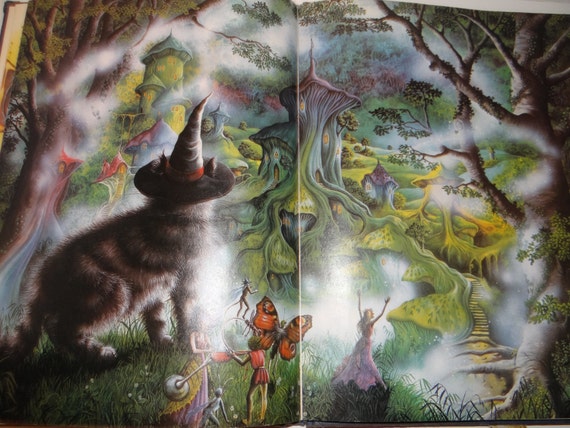
“Stranger in the House” continues with the sense of dread coming from the protagonist’s awareness of her own identity, not a monster or guy with a knife. When I wrote about Tuttle’s “A Friend in Need,” I referred to it as “existentialist horror.” I was half-joking but I think I was onto something. Night Shyamalan-type twist ending but Tuttle downplayed it into something not as jarring but more central to Sharon’s being. –she hides under her old bed, accepting the role of monster. However, how can you live outside your true time? With nowhere else to go and nothing else to do– Remembering the last time her family was happy, Sharon is transported back in time to watch herself in childhood, back when her only worry was the monster under the bed.

In “Stranger in the House,” Sharon, the third-person protagonist, is abandoned by her snide significant other while traveling through the neighborhood where she grew up. The last two examples were grim but Lisa Tuttle’s take spun the concept to a another type of strange horror.

This happened to Bruce Willis in The Kid, Binkley in Bloom County, and in a Twilight Zone episode and a Harlan Ellison story that I can’t remember the titles of. Other times a character meets his childhood self, usually to the younger self’s disappointment and disgust. Alfred Bester in “5,271,009” treats it as absurd. In Ken Grimwood’s Replay, the concept is played straight. This new edition features the original paperback cover art by Nick Bantock and a new introduction by Will Errickson." This is a print-on-demand edition.Many writers have created scenarios where their protagonist returns to their youth. Never before published in the United States and highly sought-after by collectors, A Nest of Nightmares (1986) is a classic of modern horror. The thirteen tales in this collection are highly original and extremely chilling, and they reveal Tuttle to be a master of contemporary horror fiction. In 'Flying to Byzantium', a writer travelling to a science fiction convention finds herself caught in a strange and terrifying hell. The divorcing couple in 'Community Property' arrive at a macabre solution for how to divide ownership of a beloved pet.

In 'Bug House', a woman who goes to visit her aunt is shocked to find she is dying-but even more shocking is what is killing her. "In Lisa Tuttle's stories, the everyday domestic world of her female protagonists is invaded by the bizarre, the uncanny, the horrific. Corley In Valancourt's "Paperbacks from Hell" line. Paperback New, Richmond: Valancourt Books:, 2020.


 0 kommentar(er)
0 kommentar(er)
